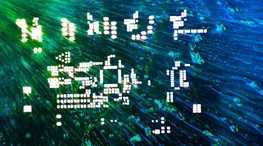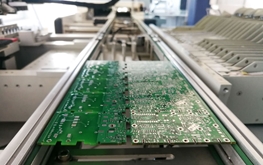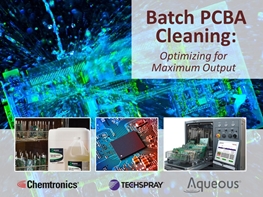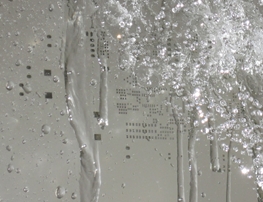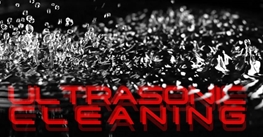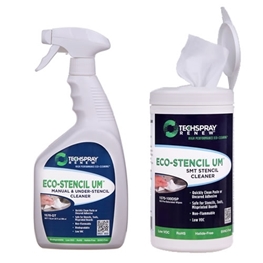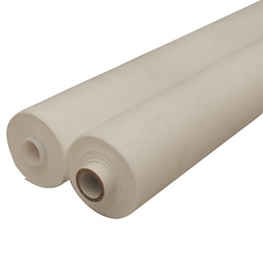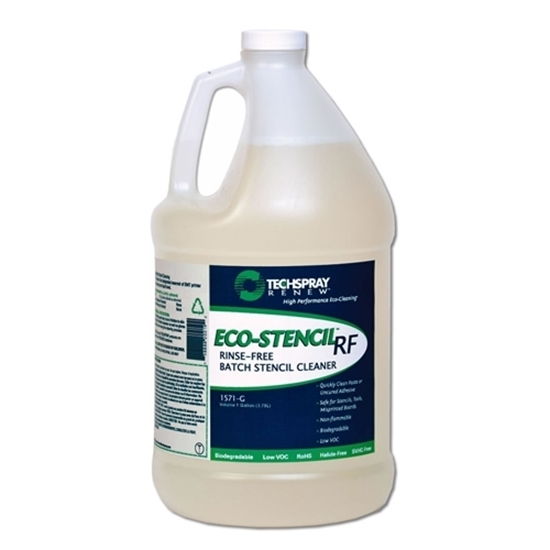
Eco-Stencil RF Batch Stencil Cleaner
Rinse-free, nonflammable stencil cleaner for batch systems

Your Sample Request
Eco-Stencil RF Batch Stencil Cleaner
*=required field
TDS
REGS
SDS
FAQ's
“Purified” is a bit of a general term, so let me break apart the potential issues:
- Distilled water shouldn’t be a problem.
- Reverse osmosis filtered water may or may not be a problem depending on the water source. Some dissolved minerals could conceivably get through, and minerals are generally going to be ionic.
- Ionic contamination is probably not going to be an issue for stencil printing itself. It is migration and cross contamination that you need to worry about. If you are using rosin or water soluble flux and are cleaning your boards anyway, it is probably ok to have some. contamination. If you are using no-clean flux and are not cleaning your boards, it is better to stay with distilled or DI water.
- Minerals could conceivably affect how the paste releases from the stencil surface and build up as deposits. This wouldn’t be my top concern, but a potential risk.
The shelf life of a product can be found on either the technical data sheet (TDS), available on the product page, or by looking on the certificate on conformance (COC). The COC can be downloaded by going to https://www.techspray.com/coc. Once you have the shelf life, you will need to add it to the manufacture date for a use-by date. The manufacture date can be identified by the batch number. The batch code used on most of our products are manufacture dates in the Julian Date format. The format is YYDDD, where YY = year, DDD = day. For example, 19200 translates to the 200th day of 2019, or July 19, 2019. This webpage explains and provides charts to help interpret our batch numbers: https://www.techspray.com/batch-codes.

